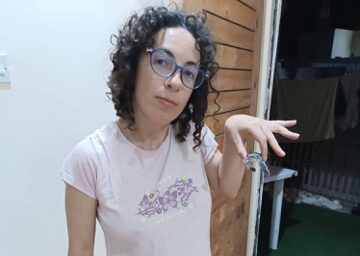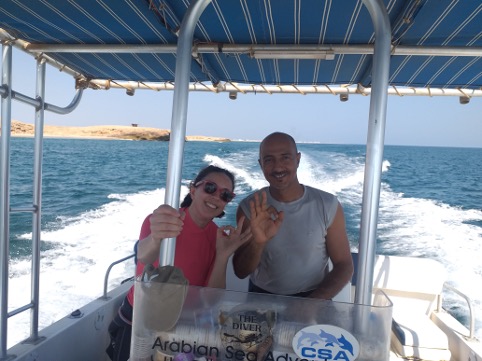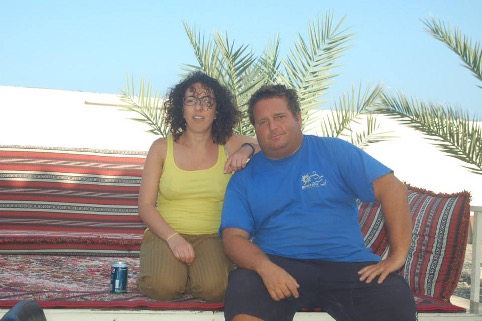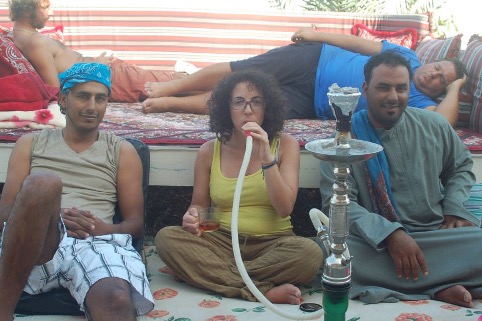The green turtles

The first time we saw a turtle, it was on the day of our arrival. We arrived in Ras-al-Hadd around 5 am. We went to sleep for a few hours, than we woke up, had breakfast and went to the beach. While we were in the water, I see a dark shadow coming towards us. At first, I think it’s maybe a ray. When it comes closer to us I shout: « It’s a turtle, it’s a turtle!!! ». It’s incredible, we are in the country less the 24 hours and we are already swimming with the turtles.
https://photos.app.goo.gl/3kqdtBKzWqA8A9Vy8
The beach is covered with fragments of turtle eggs shells. We are in a natural reserve, it is a reproductive area for turtles and this is the hatching season, that starts from September to November..
At the sunset, the beach closes and it is forbidden to stay there. Turtles come out of the sea to lay down eggs, which is a quite laborious process. Human presence would scare them and if they sense danger they go back to the sea and don’t lay down the eggs.
The rangers are patrolling the area to make sure this rule is respected.
Faiz AlAraimi worked in turtle conservation from 1996 to 2017. He agreed to share with us his experience.
Ras Al Hadd is a turtle reserve, stretching 45 km. It is the meeting point of the Arabian Sea and the Sea of Oman. The green turtle mating season starts from June to August, which is the turtle egg laying period. The hatching season begins from September to November, when the baby turtles emerge. When they leave their nests, a large percentage of them head towards the light. If it is a moonlit night, most of the young ones head towards the sea, due to the reflection of the moonlight on the sea. On dark nights, most turtles are attracted by artificial light, but they still lose their way. When the female turtles reach the age of 30, they return to their original habitat, mate, and lay their eggs. Green turtles live for more than 100 years.
When the turtles come out to lay eggs, they need 15 to 20 minutes to reach the nesting area. When they start nesting, they dig a large hole and place their large body inside it, which is estimated at 50 to 70 centimeters. After that, they dig a hole for the eggs, which is a hole 1.5 to 2 meters deep and about about 30 to 50 centimeters round. Once they lay eggs, they cover everything with sand. Overall it is a titanic work. You may see them « crying » during this operations. Their larms have the function to keep their eyes clean from the sand.
According to the distance of the nest from the sea, it is possible to determine in advance the gender of the baby turtles.
If the nest is closer to the sea, most of the young will turn out to be males. If it is in the middle, it will be mixed. If the nest is far from the sea, most of the young will be females. The factor playing a key role in this outcome is the temperature of the ground.
In Ras-al-Hadd, when the season comes, there are baby turtles everywhere. Once, we found a baby turtle in the courtyard of our home. We were chatting and at a certain point we hear a strange noise. We went to check and we found a baby turtle in the roots of a young tree. Quite a long ride from the beach to our place and it’s a miracle that no car crashed it, while it crossed the road. We put it back in the sea.
You stay there, keeping this small creature in your hands, asking yourself how is it possible that this micro-being will one day become a giant of the sea, while your heart is melting because it’s one of the cutest and sweetest things you’ve ever touched: the miracle of life.




